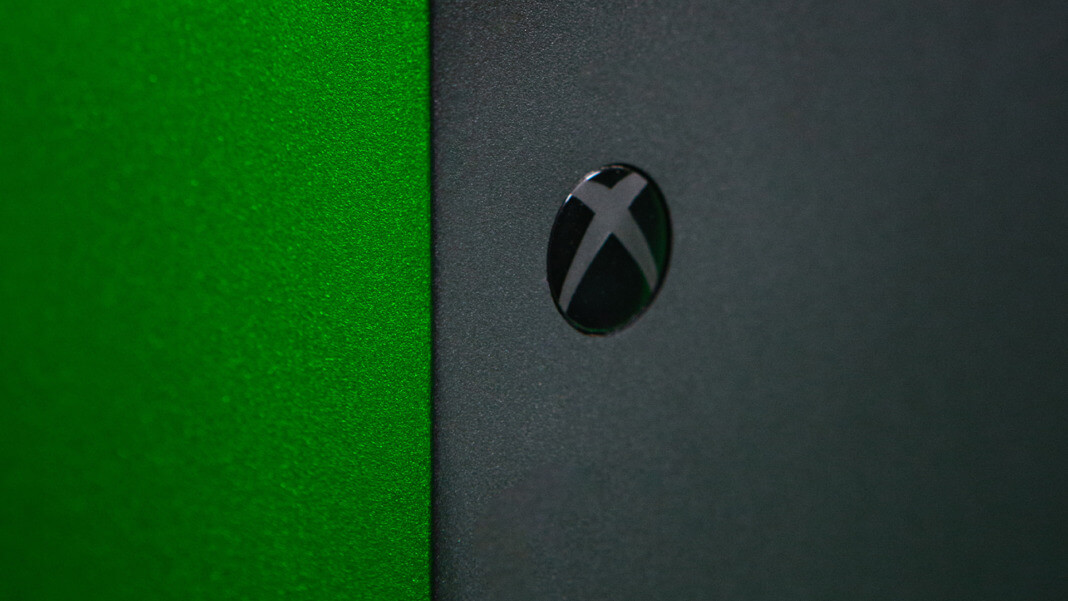OpenAI, the mastermind behind ChatGPT, is delving into the possibility of crafting its artificial intelligence (AI) chips. This exploration has stretched to assessing a potential acquisition target and revealing sources close to the company’s internal manoeuvres.
Assessing the leap amid chip shortages
According to recent internal dialogues shared with Reuters, the firm still needs to decide to move ahead. Nonetheless, the dialogue regarding alleviating the shortage of expensive AI chips, crucial for OpenAI’s operations, has been on the table since at least the preceding year, say insiders. The discussed alternatives encompass crafting their AI chip, forging a closer alliance with other chip fabricators, including Nvidia, and branching out its supplier base beyond Nvidia.
OpenAI chose to stay mum when probed for comments. However, CEO Sam Altman has spotlighted the procurement of more AI chips as a priority for the firm. He has aired his grievances publicly over the absence of graphics processing units (GPUs), a market chiefly commandeered by Nvidia, boasting more than 80 per cent of the global market share for chips optimally designed to execute AI applications. Altman’s quest for more chips emerges from two main concerns: the deficiency of advanced processors vital for OpenAI’s software operations and the “eye-watering” expenditures tied to operating the requisite hardware to drive its initiatives and products forward.
The high stakes of powering ChatGPT
Since 2020, OpenAI has been nurturing its generative AI tech on a colossal supercomputer, a creation of Microsoft, one of its hefty backers. This computing behemoth utilises 10,000 of Nvidia’s GPUs.
The operational costs of running ChatGPT are hefty for the firm. Each query posed to ChatGPT extracts roughly four US cents from OpenAI’s coffers, as per an analysis conducted by Bernstein analyst Stacy Rasgon. Should the magnitude of ChatGPT queries burgeon to a tenth of the volume of Google searches, the initial investment in GPUs would hover around US$48.1 billion, with an annual upkeep cost of about US$16 billion worth of chips to maintain operations.





